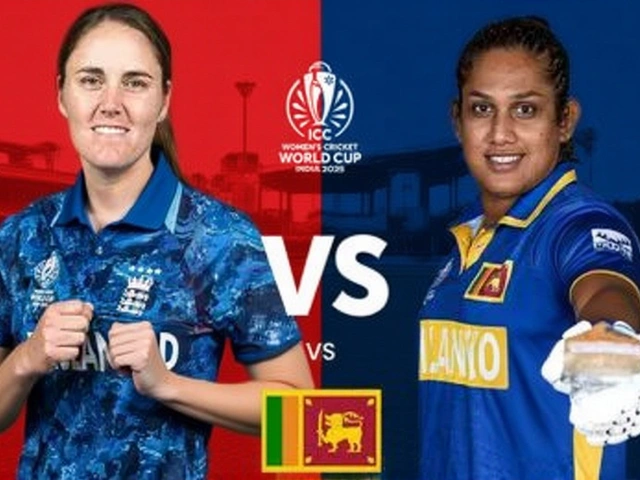The Origins of Basketball Rules
Let's kick off our exploration of the most pointless rule in basketball by delving into the origin of the game's regulations. Basketball, invented by Dr. James Naismith in 1891, has been governed by a set of rules that have evolved over time. Initially, the game was played with a soccer ball and two peach baskets. Over the decades, the rules have been modified and refined to create the fast-paced, thrilling game we know today. However, not all rules have contributed positively to the game, with some even bordering on the ridiculous.
The Concept of a 'Pointless' Rule
Before we delve into the rule that takes the cake for being the most pointless, it's essential to understand what we mean by 'pointless.' In the context of this article, a 'pointless' rule is one that doesn't significantly impact the game's outcome, doesn't improve the safety or fairness of the game, or is rarely enforced. These are rules that, if removed, would not fundamentally change the game or its enjoyment.
The Five-Second Back-to-the-Basket Violation
One rule that often comes under scrutiny for being pointless is the five-second back-to-the-basket violation. This rule states that an offensive player cannot dribble the ball with his back or side to the basket for more than five seconds when he is below the free throw line extended. However, this rule does not seem to have any substantial impact on the game. It is rarely enforced, and even when it is, it does not significantly influence the game's outcome.
Shot Clock Before Possession
Another rule that seems pointless is the resetting of the shot clock to 14 seconds instead of 24 when a team gains possession of a loose ball following an unsuccessful shot. The purpose of the shot clock is to speed up the game, but resetting it to 14 seconds, especially after a hard-fought rebound or loose ball, seems to punish the team that has just gained possession. This rule arguably doesn't contribute to the game's speed or excitement.
Jump Ball Rule
The jump ball rule, especially at the start of each quarter, is another rule that seems to have lost its relevance in modern basketball. The idea behind the rule, which requires two opposing players to jump for the ball after the referee tosses it in the air, is to ensure a fair start. However, in practice, the same players rarely jump for the ball, making the rule seem arbitrary and irrelevant.
Timeouts and Their Usage
Timeout rules in basketball can also seem pointless, particularly when it comes to the number allowed and how they can be used. For instance, in the NBA, teams are allowed six 75-second timeouts during regulation play, regardless of whether they need them all. This often leads to unnecessary breaks in action, slowing down the game and disrupting its flow.
The Clear Path Foul
The clear path foul is another rule that has often been criticized as pointless. It states that if a player is fouled while on a clear path to the basket, the team is awarded two free throws and possession of the ball. The intention behind this rule is to prevent intentional fouls that stop fast breaks, but it often leads to lengthy reviews and disrupts the game's flow.
In Conclusion: The Most Pointless Rule?
So, which is the most pointless rule in basketball? Opinions may vary, but based on the lack of impact on the game's outcome, the five-second back-to-the-basket violation may well take the top spot. However, it's important to note that the beauty of basketball lies in its complexity, and even the most seemingly pointless rules contribute to the game's unique character.




